
The Man and the Bear Who Walked Through Life Together.
In the early 1990s, in the bustling heart of Dushanbe, Tajikistan, a remarkable story began—one that would echo far beyond its time and place. It was the story of a humble man named Talabshoh Sheikhov and an extraordinary bear he lovingly named María.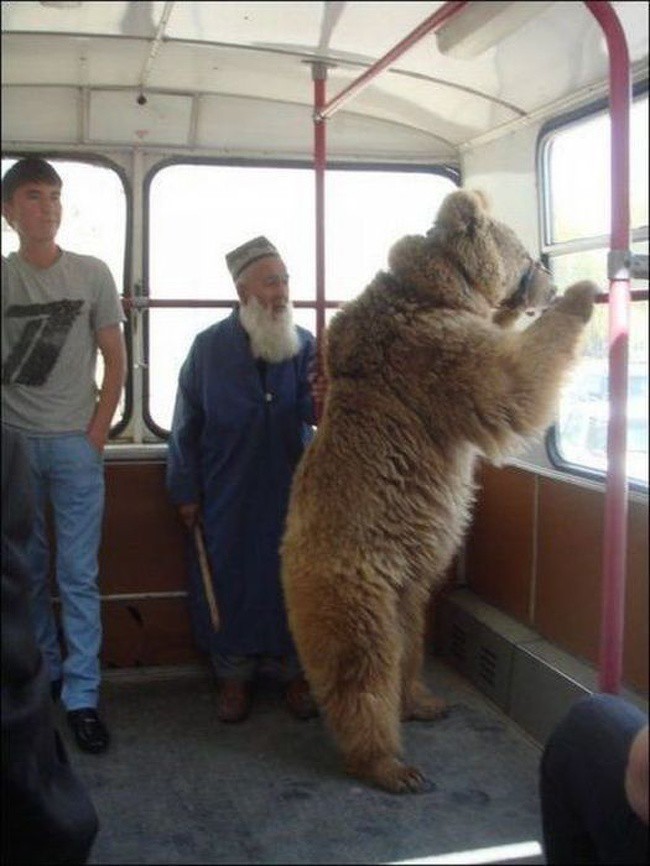
It all started with tragedy. On the outskirts of the city, a tiny bear cub was found alone, motherless, starving, and trembling in fear. No one knew exactly what had happened to her mother; some whispered that poachers had killed her, while others believed she had fled desperately after a nearby forest fire. The cub was small enough to fit in a man’s arms, but her large, dark eyes held the profound loneliness of a creature who had lost everything dear to her.
When Talabshoh first heard about this helpless creature, he did not hesitate for a second. As a father of thirteen children, he already understood deeply what care, patience, and sacrifice truly meant. In a gesture that surprised everyone, he offered one of his family’s goats in exchange for the cub’s life. The deal was accepted, and that very day, Talabshoh carried the fragile little bear back to his home in his arms.
He named her María, after a character from a popular Mexican soap opera that aired on local television at the time—a name that evoked warmth, tenderness, and resilience. From that moment forward, María was no longer just a wild animal; she became a beloved member of the family.
At first, María was extremely fragile and timid. Talabshoh bottle-fed her milk every few hours, often staying awake through the cold nights to keep her warm and safe. His children adored her, offering fruits and honey, watching with delight as she grew stronger and more playful day by day. Gradually, the fear in María’s eyes was replaced by curiosity and affection.
As the months turned into years, María evolved from a helpless cub into a majestic bear with a gentle soul. She became far more than a pet—she was a constant companion and protector. Wherever Talabshoh went, María followed. They would walk side by side through the busy streets of Dushanbe, the old man with his thick beard and the bear with her slow, lumbering grace capturing the attention and admiration of everyone around them.
Their bond was unlike anything the city had ever seen. Bus drivers welcomed them aboard without hesitation, and passengers shifted their seats to make room for the unlikely pair. At parks, children would rush over excitedly, offering apples and pieces of bread. María would respond with a small twirl or a gentle bow, as if performing a heartfelt thank-you.
Despite her immense size and strength, María was gentle and kind. She never harmed anyone, instead showing a remarkable sensitivity and understanding. When Talabshoh spoke to her, she seemed to listen intently, responding with soft grunts and trusting slow blinks. It was as if they communicated on a level beyond words.
To the people of Dushanbe, their friendship became almost sacred—a powerful symbol of love that transcended differences and defied expectations. Many believed María understood Talabshoh better than any human could. Some claimed to have seen the bear resting her great head on his shoulder during his moments of fatigue, offering silent comfort.
For over two decades, they shared life’s joys and challenges—weathering bitter winters and scorching summers, witnessing the city’s transformations and political changes. Wherever Talabshoh walked, María was there beside him, loyal and unwavering.
By the 2010s, Talabshoh’s steps had slowed, and his hands trembled with age, but María never left his side. Her large muzzle had grown gray, yet she remained a steadfast guardian. She would nudge him gently to steady his balance, as though she intuitively understood his vulnerability. Neighbors often remarked on the touching reversal of roles—how the once-protector had become the protected.
In 2013, at the age of 80, Talabshoh passed away peacefully at home. The entire city mourned him—not only as a beloved man but as part of a living legend. María’s grief was profound. She refused to eat and wandered the streets aimlessly, searching for the familiar voice she would never hear again. Two months later, María herself passed away, as if her heart could no longer endure life without her companion.
Their extraordinary story spread far beyond Dushanbe’s borders. Newspapers covered it, photos circulated worldwide, and animal lovers everywhere were touched by the profound tenderness shared between man and beast. Today, locals still visit the spots where Talabshoh and María once walked—the park benches, the bus stops, and market paths—telling their children tales of the man who traded a goat for love and the bear who never forgot him.
Many have called for a statue in their honor—not just to celebrate a man and his bear, but as lasting symbols of devotion, loyalty, and a bond that transcends species and language. Their story was never about dominance or training but about a deep trust that endured a lifetime and ended only when both their hearts stopped beating within weeks of each other.
In a world too often marked by separation—between people, between humanity and nature, between souls—the tale of Talabshoh and María reminds us all that connection can be pure, selfless, and strong enough to last forever.
For over twenty years, they walked side by side—an old man and his bear—showing the world the true meaning of love without fear, without judgment, and without end.
News in the same category


A Real-Life Superhero: The Mother-in-Law Who Became a Caregiver and a Lifeline
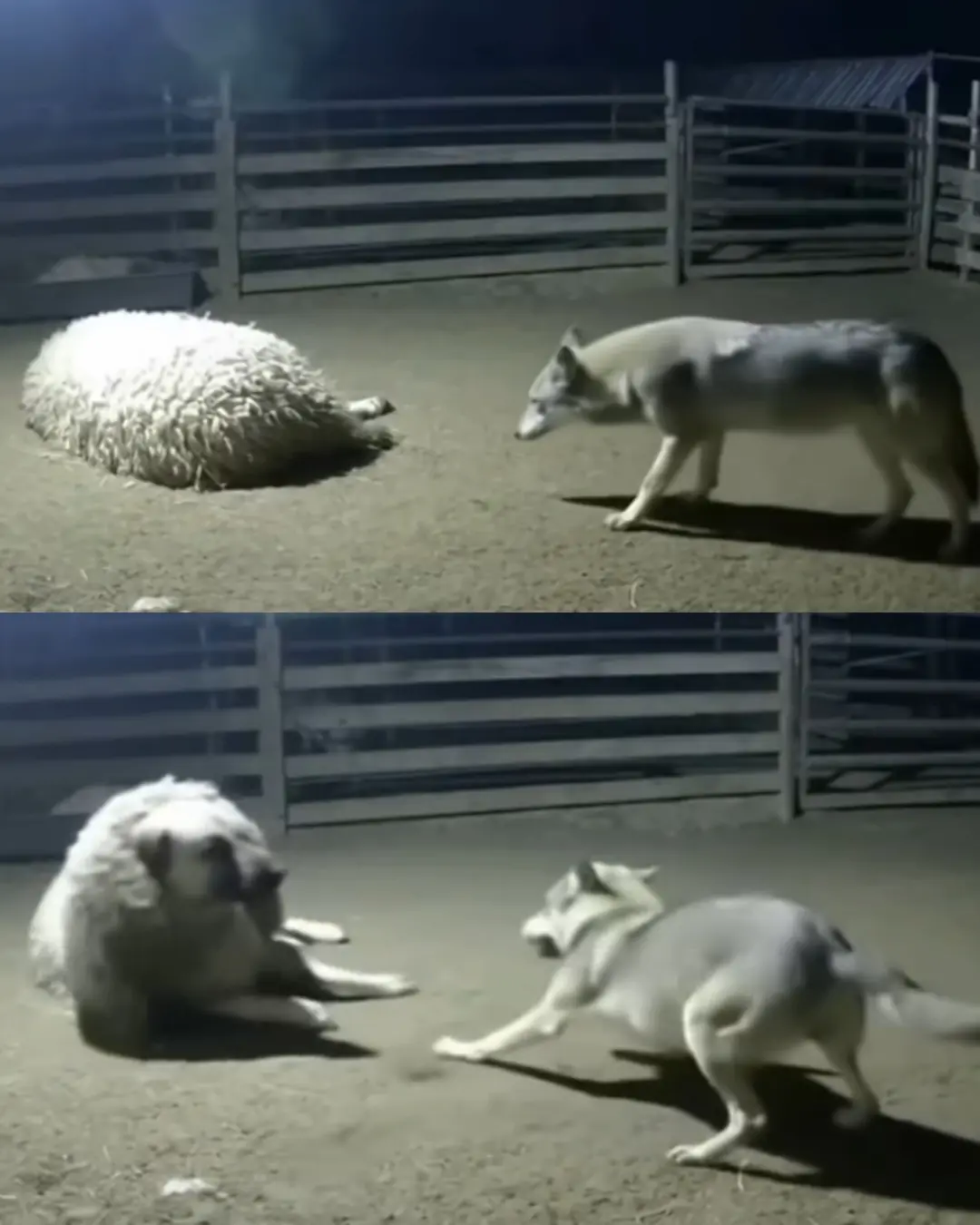
The Dog Who Wore a Sheep’s Skin.

A Simple Act of Kindness: Man Rescues Turtles from the Dinner Plate
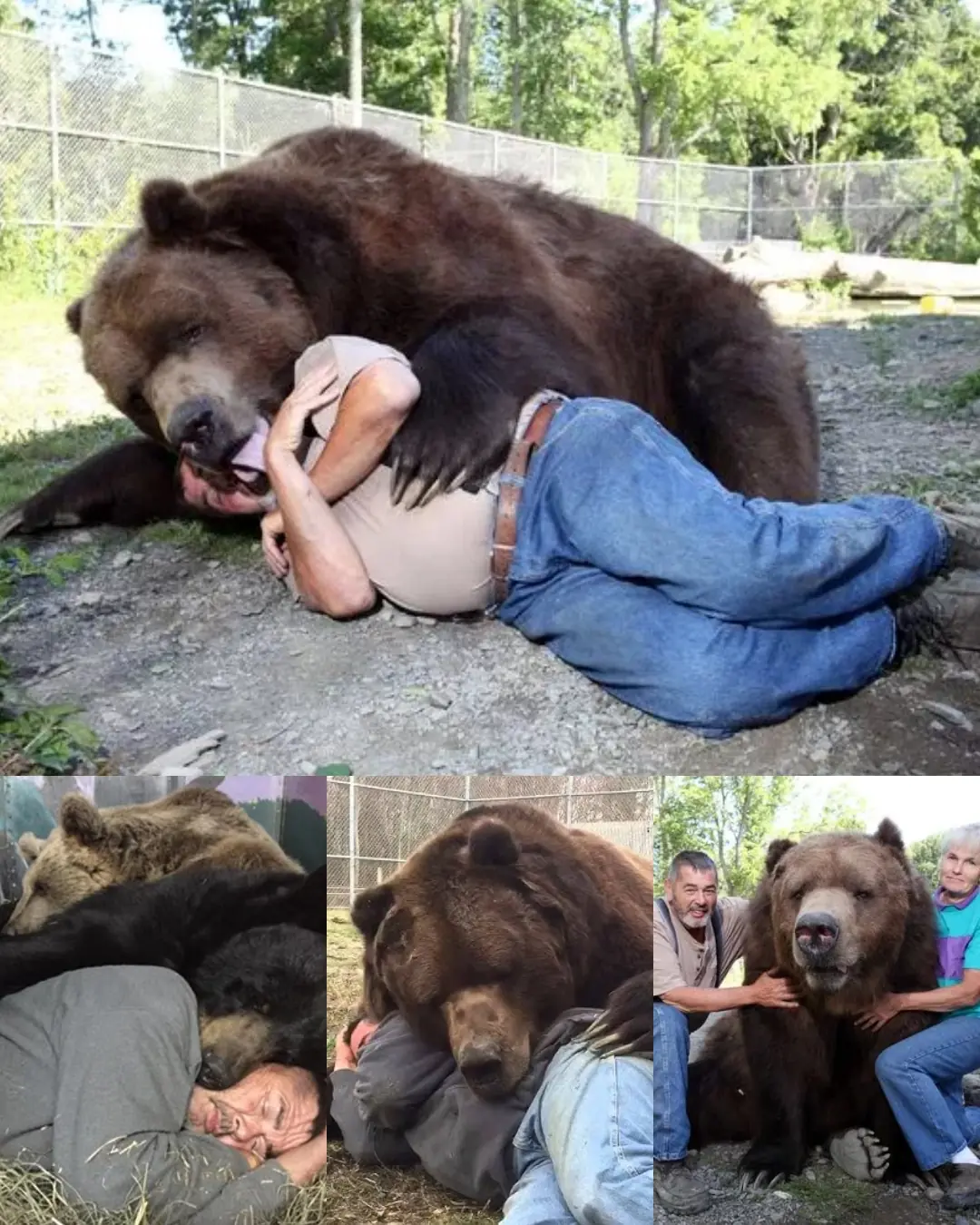
Jimmy the Bear: A Story of Love, Care, and Compassion

A Seventeen-Year-Old’s Battle for Tomorrow: Yerasyl’s Fight for Life

A Rare Sight: Bright Orange Nurse Shark Makes Scientific History in the Caribbean

Two Lives Powered by Machines: Madzia and Nina’s Fight Against Myasthenia Gravis

A Car Repair That Means Freedom: Wiktor’s Fight Against SMA
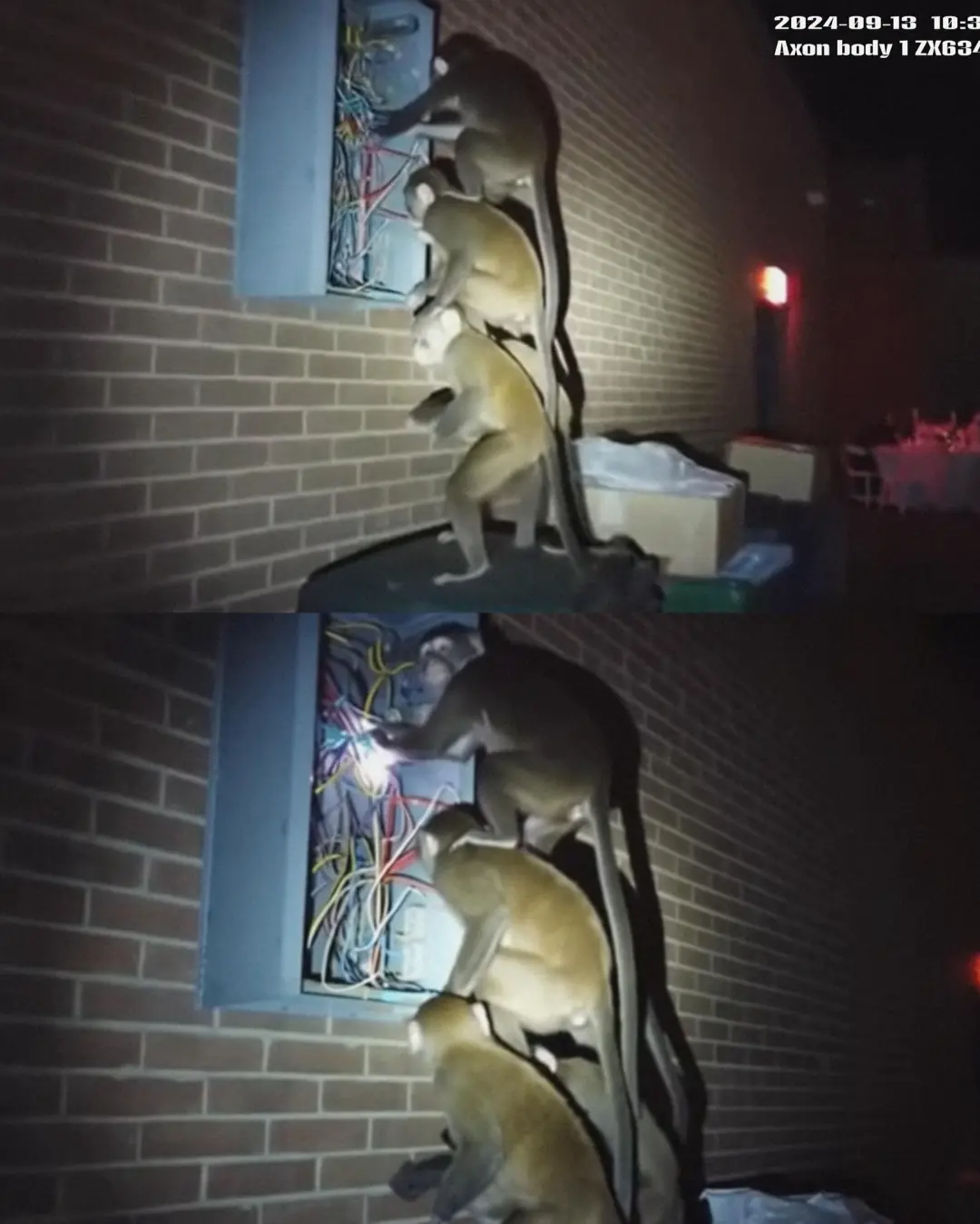
Monkeys, Mischief, and a Wedding to Remember: The Night Thailand Went Dark
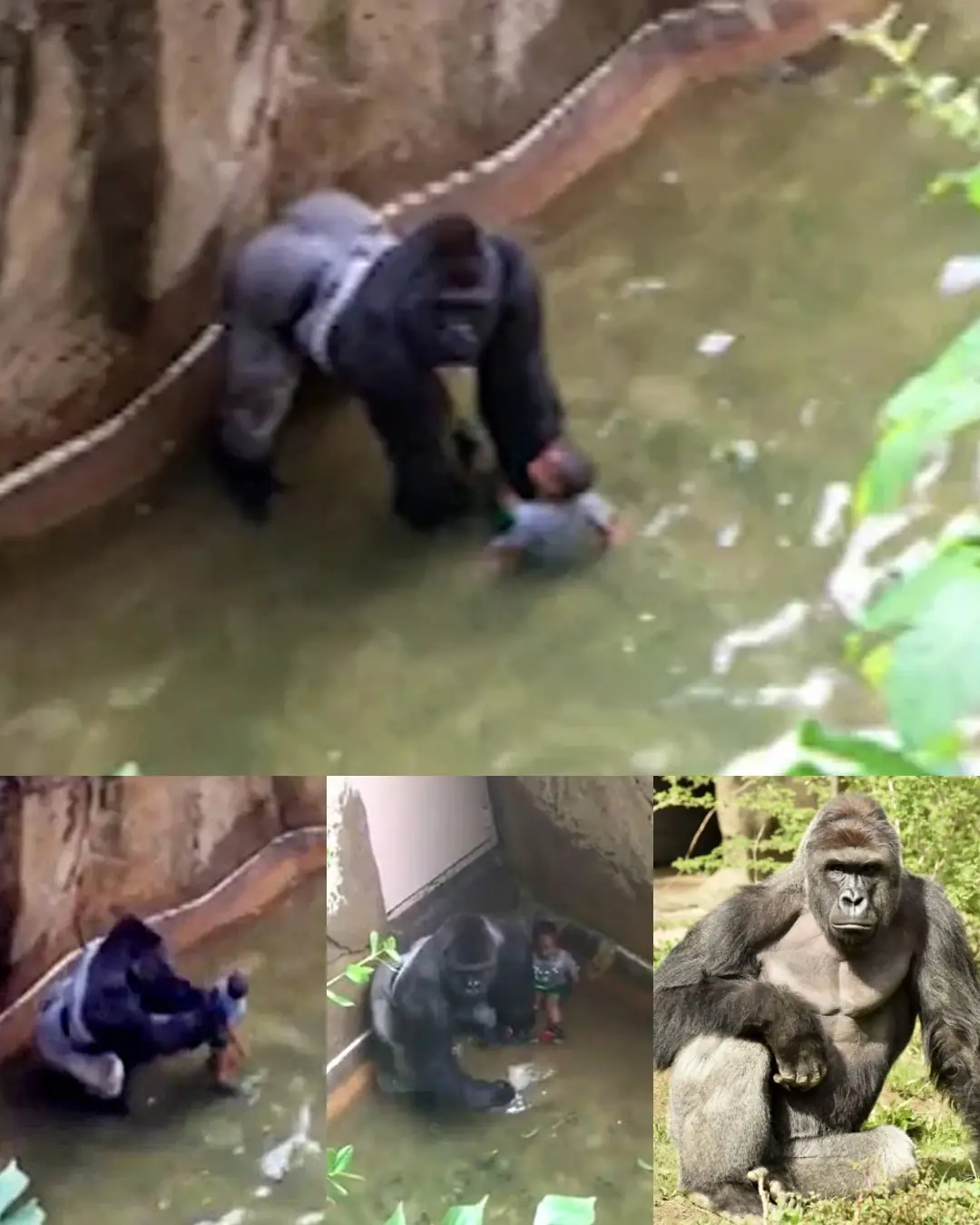
Tragic Incident at Cincinnati Zoo: A Gorilla’s Life Lost in Effort to Save a Child

Theo’s Journey: A Day of Progress, Challenges, and Unwavering Hope – October 21st Update

Home Again: A Family’s Journey Through Joy, Exhaustion, and Uncertainty
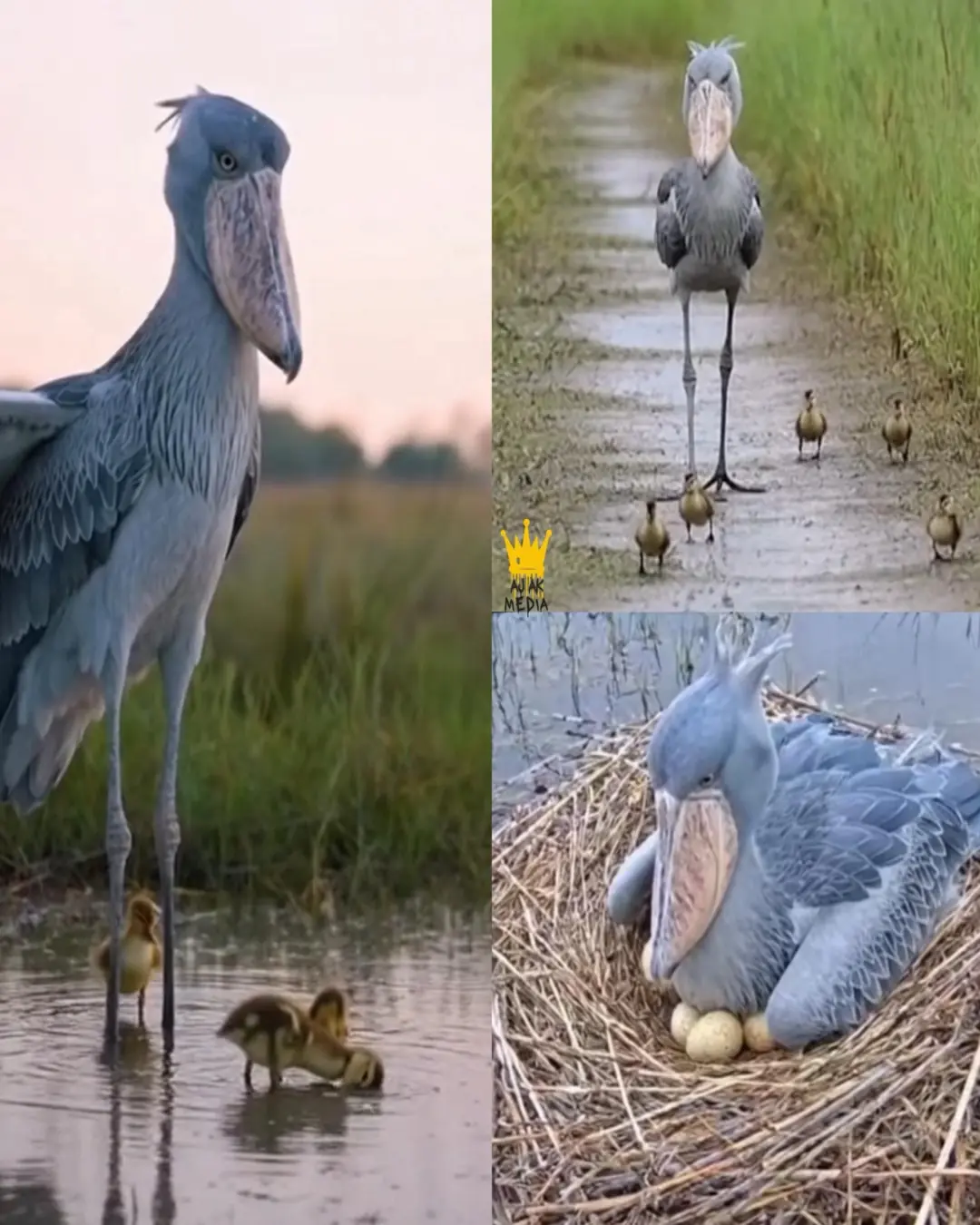
When the Jungle Looked Back: The Astonishing Case of Chimps Trying to Domesticate Alligators
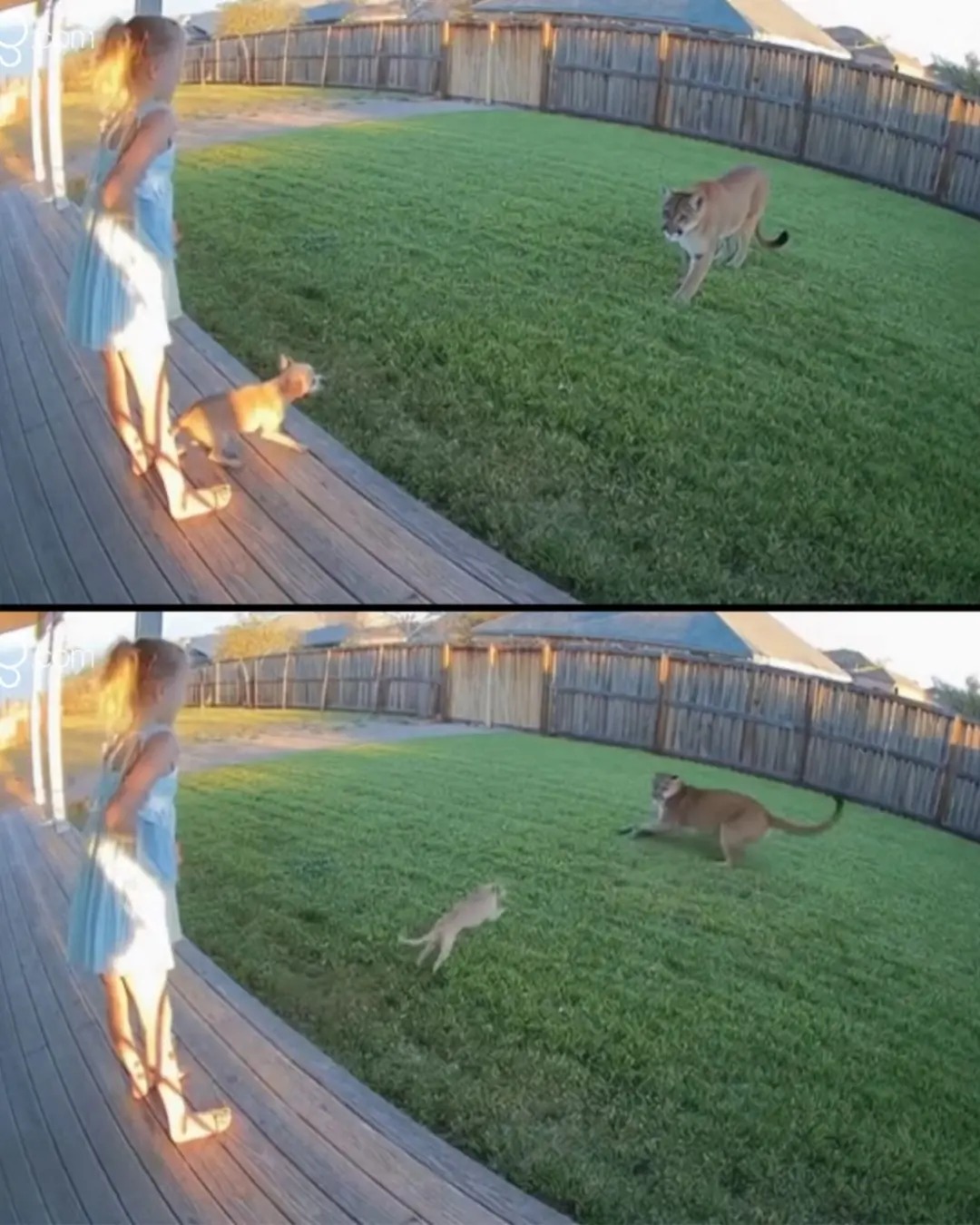
Tiny Hero, Big Heart: The Chihuahua Who Stared Down a Mountain Lion in Colorado

Zach Biggers: A Small Town Hero’s Fight Against Cancer
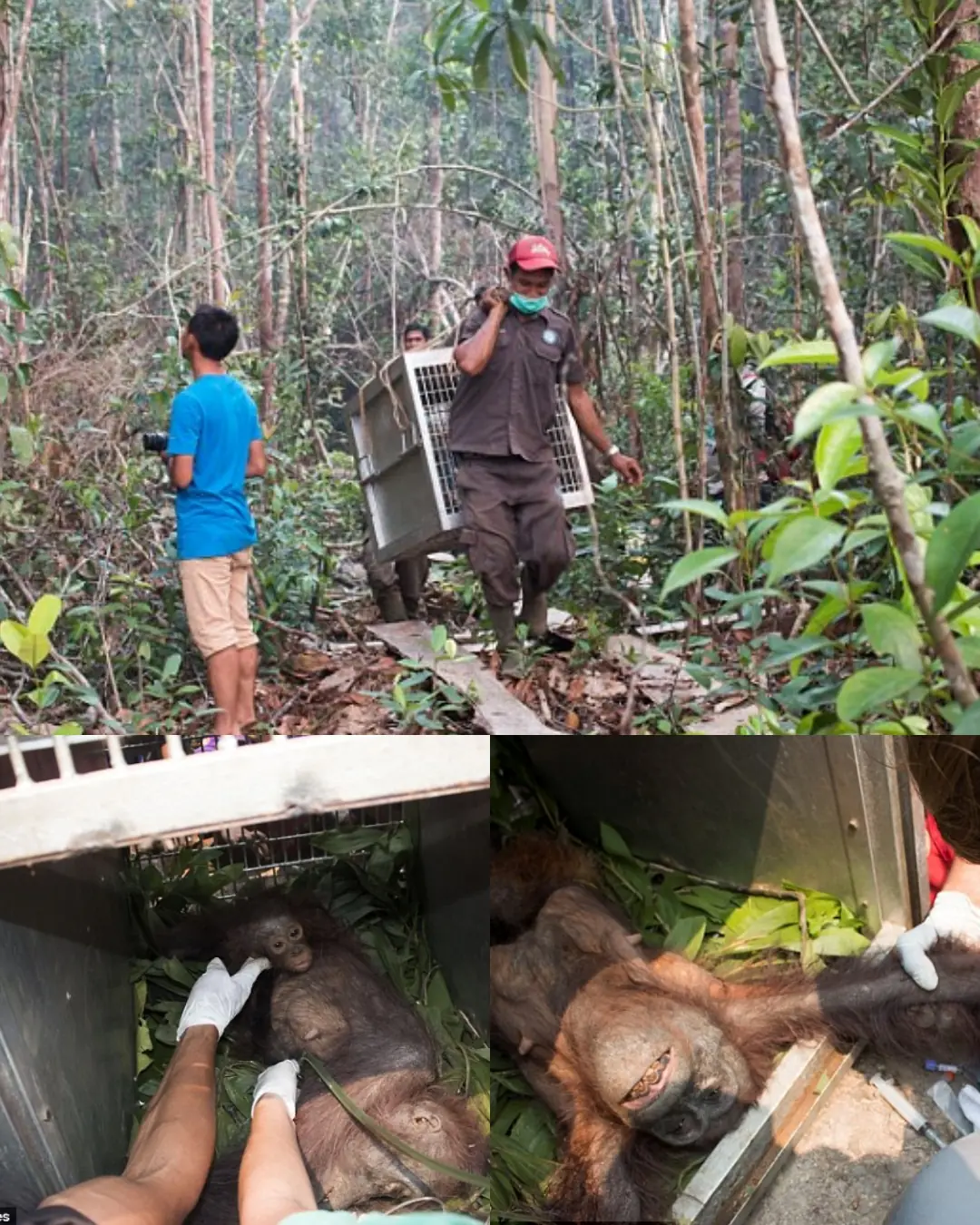
A Heartbreaking Rescue: The Struggle of Orangutans Amidst Indonesia's Wildfires
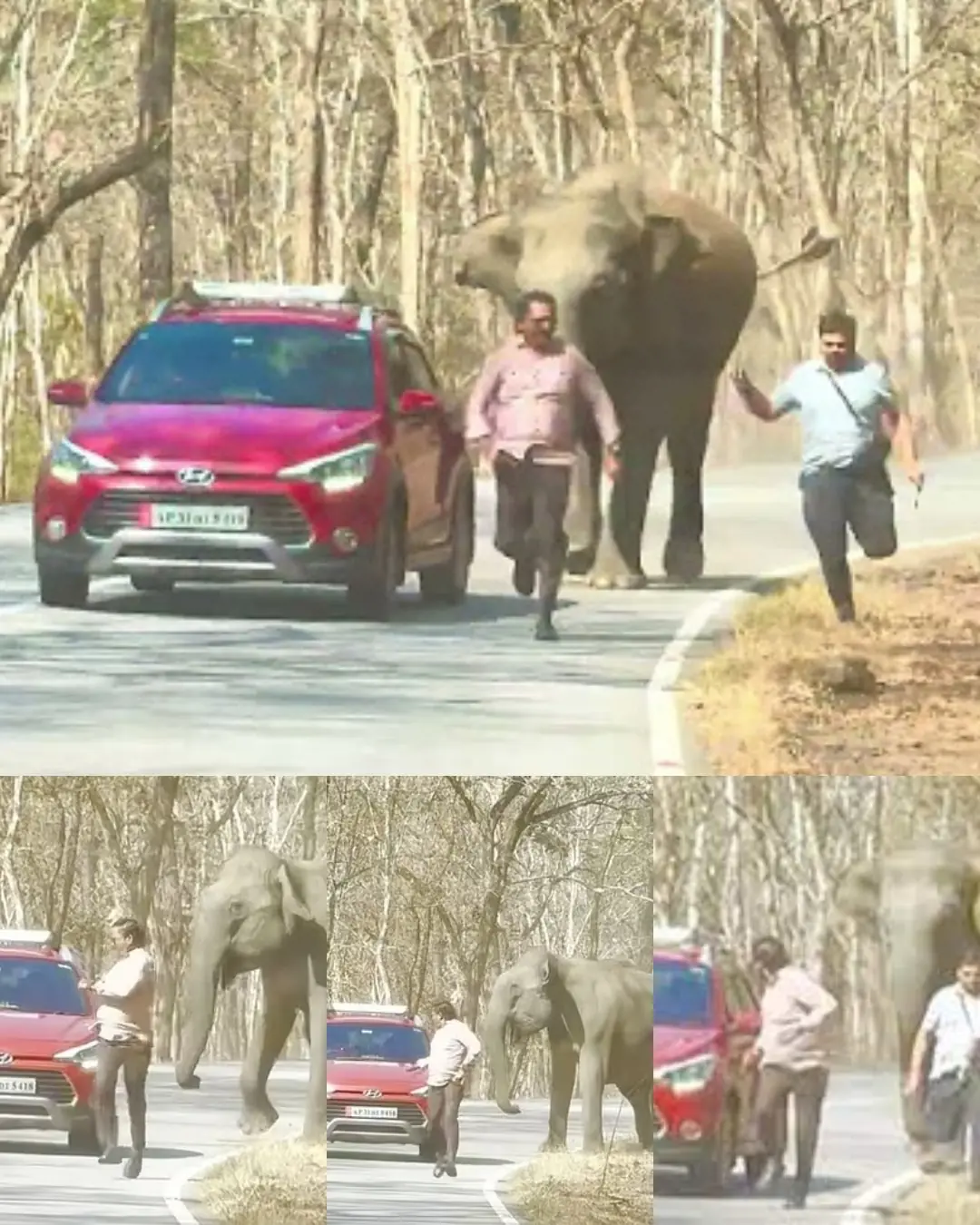
Wild Elephant Chases Tourists in Bandipur Forest: One Injured in Close Call

A Heartwarming Update on Zoey and Baylor Blythe: Miracles in the Making

The Invisible Lunch Fund: A Teacher’s Quiet Rebellion Against Shame.
News Post

The Reason Some People Keep Lemons on Their Nightstand While Sleeping

Ginger and Salt Teeth Whitening Remedy

GTA 6 price set to soar for country of 130M people ahead of May 2026 release

Bizarre reason why only bald people can attend special screening of new Emma Stone movie

The Pain Most People Brush Off That Signals Serious Trouble

Common Misunderstandings Turn Water Purifiers into Breeding Grounds for Germs — Stop Now Before It Harms Your Whole Family

Warning Signs Your Arteries Need Cleansing and The Foods That Do It Best

This Is a Type of Leaf That the Liver Loves, But Unfortunately Many People Throw It Away! Eating It Once a Week Can Make Your Liver Healthier
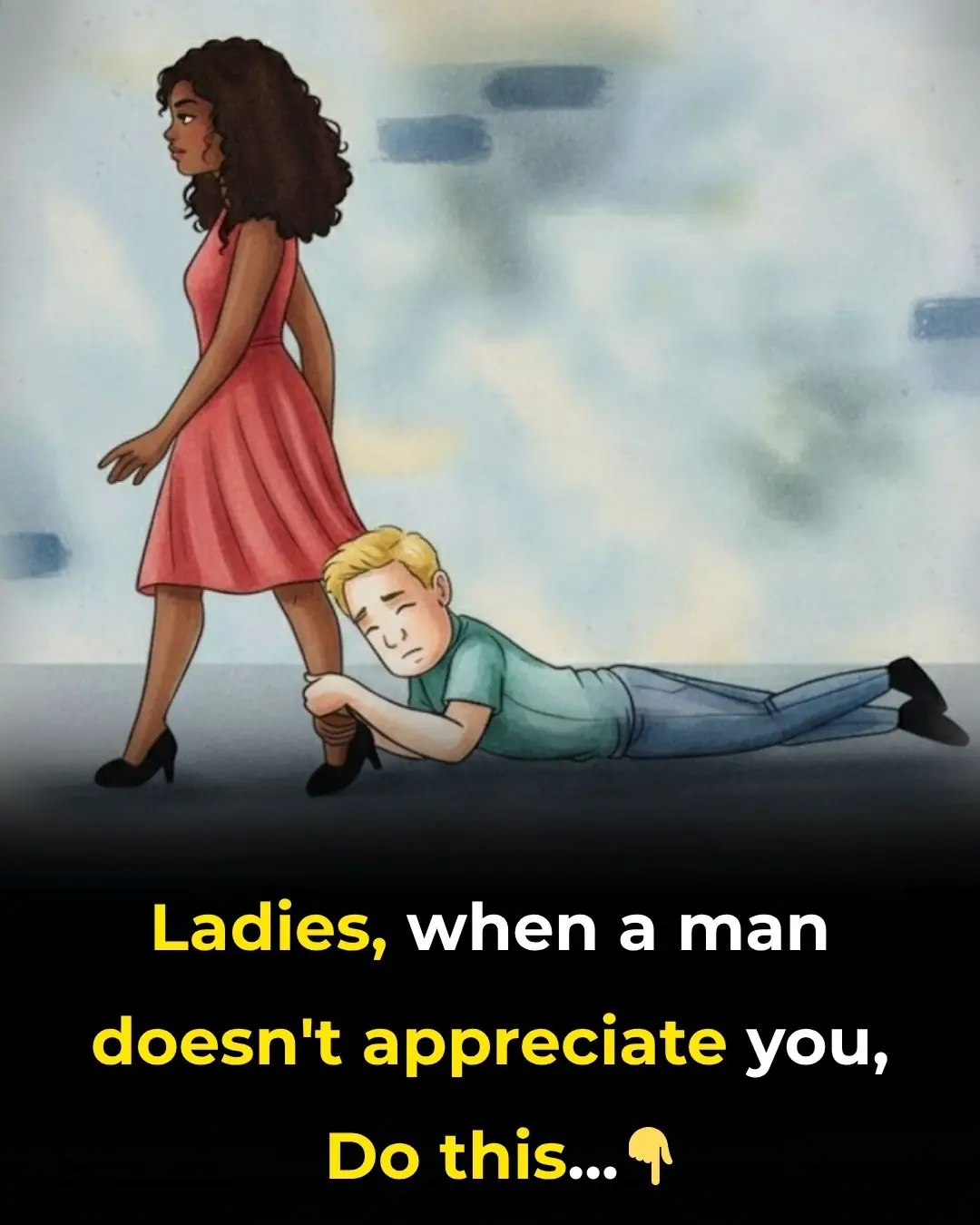
If a Man Doesn’t Appreciate You, Here’s What You Should Do

Turn Papaya Leaves Into a Powerful Homemade Detergent

10 Warning Signs of Low Magnesium Levels and What to Do About It

Onion, Garlic, and Olive Oil Remedy for Varicose Veins: Natural Treatment and Benefits

A Real-Life Superhero: The Mother-in-Law Who Became a Caregiver and a Lifeline

The Dog Who Wore a Sheep’s Skin.

A Simple Act of Kindness: Man Rescues Turtles from the Dinner Plate

Jimmy the Bear: A Story of Love, Care, and Compassion

A Seventeen-Year-Old’s Battle for Tomorrow: Yerasyl’s Fight for Life

Black Locust (Robinia pseudoacacia): 14 Surprising Benefits and How to Use It at Home

A Rare Sight: Bright Orange Nurse Shark Makes Scientific History in the Caribbean
